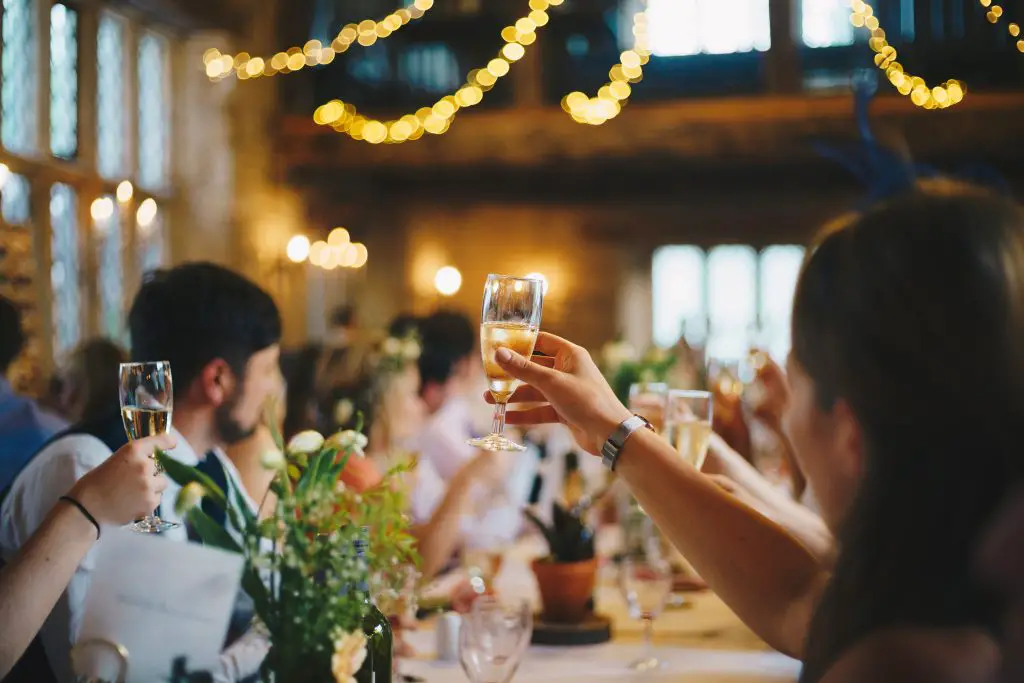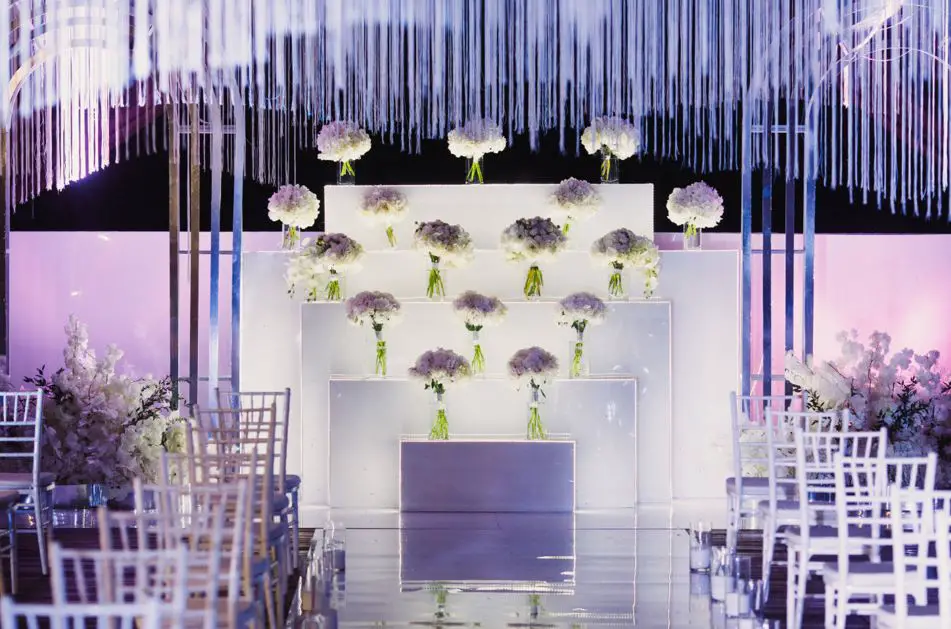Effective light bouncing can transform a photo, softening harsh shadows and adding depth to your shots. This guide covers versatile techniques like using ceilings, walls, reflectors, and even DIY options to control light in any setting.
Each approach offers unique advantages, making it easy to shape natural or artificial light for softer, more flattering results.
With a few adjustments, photographers can achieve balanced illumination, enhancing contrast and detail to elevate everything from portraits to outdoor scenes.
Let's get straight to the point
Light bouncing techniques can enhance your photography by softening harsh shadows and introducing depth. Indoors, use ceilings and walls to create smooth, even lighting for portraits and group shots.
Reflectors (white for softness, silver for contrast, gold for warmth) are perfect for outdoor sessions, adding custom tones to natural light.
Larger surfaces like foam boards or DIY options like bedsheets provide broad, gentle light, ideal for wider scenes.
Mirrors can add dramatic edge lighting, and adjusting your flash angle offers precision control in dynamic settings.
Keep neutral surfaces close, manage distance and intensity, and experiment with angles for balanced, professional lighting.
1. Bouncing Light Off Ceilings

Bouncing light off ceilings is a straightforward way to diffuse and soften the light source. This method works particularly well indoors and can be a quick solution to avoid the harshness of direct light.
- How to Do It: Point the flash or light source upwards at a 45- to 90-degree angle toward the ceiling.
- Best Surfaces: Light-coloured or white ceilings work best for this technique, as they don’t add unwanted colour tints to the light.
- Tip: This method is ideal for rooms with low ceilings, as the light has less distance to travel and will bounce back more effectively.
Advantages
- Creates an even spread of light over the subject.
- Softens shadows, making it ideal for portraits and group shots.
2. Using Walls For Side Bounce Lighting
For a more directional effect, walls can reflect light at an angle, creating a balanced look with a natural fall-off. This technique is great for filling in shadows and adding depth to the photograph.
- How to Do It: Angle the flash or light source at the nearest light-coloured wall to reflect light onto the subject.
- Best Colours: Use white or neutral-toned walls to avoid adding tints to the image.
- Tip: Stand the subject slightly away from the wall to get an even spread of light on their face.
Advantages
- Adds natural-looking shadows that enhance depth.
- Provides a subtle, soft light effect suitable for portraits and products.
3. Using Reflectors: White, Silver, And Gold Options
Reflectors offer a portable solution for bouncing light in controlled and varied ways. Available in different colours, they can influence the temperature and brightness of the bounced light.
- White Reflectors: Best for soft, neutral light. Ideal for adding light without altering colour temperature.
- Silver Reflectors: Adds brightness with a cooler tone, making it useful for high-contrast settings.
- Gold Reflectors: Adds a warm tone, perfect for portraits, creating a golden-hour effect even in midday.
Advantages
- Easy to carry, making it perfect for on-the-go photography.
- Offers a variety of effects, from warm to cool lighting, depending on the reflector used.
Tip: Position the reflector at different angles for the best fill-in light. This is especially useful in outdoor settings with unpredictable light conditions.
4. Large Reflective Surfaces As Key Light Sources
Using large reflective surfaces such as foam boards, parabolic reflectors, or a white sheet allows photographers to transform a small light source into a broader, softer one. This is especially helpful when trying to achieve even lighting over a large area or multiple subjects.
- How to Do It: Position a large white surface at an angle from the main light source to reflect light over a wide area.
- Materials: Foam boards, white sheets, or large reflectors like parabolic reflectors.
- Tip: Adjust the angle of the reflector to direct light effectively and create a flattering, soft illumination.
Advantages
- Provides uniform, diffuse light that reduces shadows.
- Ideal for group photos and scenes requiring a large light spread.
5. Edge Lighting With Mirrors
For more control over reflections, mirrors can direct strong highlights around the subject's edges, also known as rim lighting. This can create a dramatic contrast between the subject and the background.
- How to Do It: Place a mirror at a distance and angle to reflect light onto specific parts of the subject, such as the hairline or edges.
- Best Scenarios: Works well for outdoor shoots, where natural light can be harnessed as an edge light.
- Tip: Reflect sunlight on a mirror or shiny board, creating highlights that separate the subject from the background.
Advantages
- Adds highlight contrast, enhancing the subject’s silhouette.
- Effective for creating drama and depth in images.
6. Bouncing Sunlight Outdoors
Sunlight can often be too harsh in outdoor settings. By bouncing it off nearby surfaces, such as foam boards or portable reflectors, you can soften the intensity of natural light.
- How to Do It: Place a reflector or light-coloured board at an angle to catch and reflect sunlight onto the subject.
- Materials to Use: Foam boards, silver reflectors, or even natural surfaces like light-coloured pavement.
- Tip: Keep the reflector or board at a distance to diffuse the light softly without overpowering the subject.
Advantage
- Softens natural light, reducing harsh shadows.
- Allows for better control of outdoor lighting conditions.
7. DIY Reflectors For Budget-Friendly Bouncing
Creating your reflectors can be cost-effective while still achieving professional-quality lighting. Common materials like white foam boards, light bedsheets, or aluminium foil can be excellent reflectors.
- Foam Boards: Affordable and lightweight, they provide a neutral light and are easy to manoeuvre.
- Aluminium Foil: Adds a stronger reflective surface that works well for more dramatic lighting.
- White Bedsheets: A large and soft reflector, ideal for wider coverage in portraits.
- Tip: Set up DIY reflectors on stands or chairs and adjust their height and angle to achieve consistent lighting across different settings.
Advantages
- Cost-effective and easy to set up.
- Provides versatile options for various lighting effects.
8. Choosing The Right Flash And Angle Control

A flashgun with a tilt or swivel head allows for precise control over the angle and direction of your bounced light, which is key in dynamic environments such as events or weddings.
- Adjusting Flash Angles: Set the flash to 45-90 degrees for ceiling bounces or angle it slightly to reflect off walls.
- Flash with Hot-Shoe Adapter: Ideal for easy mounting on a camera, offering flexible angle control.
- Tip: Experiment with flash intensity to control the strength of bounced light, especially in darker venues.
Advantages
- Provides instant control over bounce direction and strength.
- Enhances versatility in various lighting environments.
Tips For Effective Light Bouncing
Mastering bounce lighting involves understanding key principles and being mindful of your environment.
- Use Neutral Surfaces: White or light-grey surfaces are best to avoid unwanted colour casts.
- Experiment with Distance: The closer the light source is to the bounce surface, the softer the effect.
- Control Flash Power: Increase flash power when bouncing light from a distance.
- Avoid Colour Interference: Avoid bouncing light off coloured walls, which can alter the hue.
- Practice Angle Adjustments: Tilt the flash or adjust reflector angles to achieve balanced, even lighting on the subject.
Conclusion
Mastering light bouncing can elevate your photography by creating soft, flattering illumination while adding depth and dimension to your images.
Each technique, whether ceilings, walls, reflectors, or DIY options, offers unique advantages for shaping light in various environments.
Effective light bouncing involves controlling angles, choosing the right surfaces, and adjusting the intensity to suit your subject and setting. With these tools and tips, you can confidently enhance contrast, reduce harsh shadows, and highlight your subject's best features.
Keep experimenting to find the best combination for your style and setup—the results will transform your photography!
FAQs About Lighting
Bounce lighting is a lighting technique in which the light from a strong light source is literally bounced off of a bounce board, reflector, or other light colored surface. A light that is bounced causes a bigger spread of light than its original source. It can also diffuse the light onto a subject.
Yes, one bit of light can bounce off another bit of light, but not directly, and the effect is very rare. Light is made out of small quantum objects called photons.
There are several ways to “trap” a beam of light — usually with mirrors, other reflective surfaces, or high-tech materials such as photonic crystals. But now researchers at MIT have discovered a new method to trap light that could find a wide variety of applications.
Enter bounce flash, which allows you to create soft, flattering light and an angled lighting effect while using a single flash mounted to your camera. Instead of pointing the flash directly at your subject and firing away, you simply angle it upward or to the side, let the light bounce off the wall, and – voila!
Also bounce lighting. light that is bounced off a reflective surface onto the subject in order to achieve a softer lighting effect. any arrangement of a light source and reflective surface used to provide such light.

